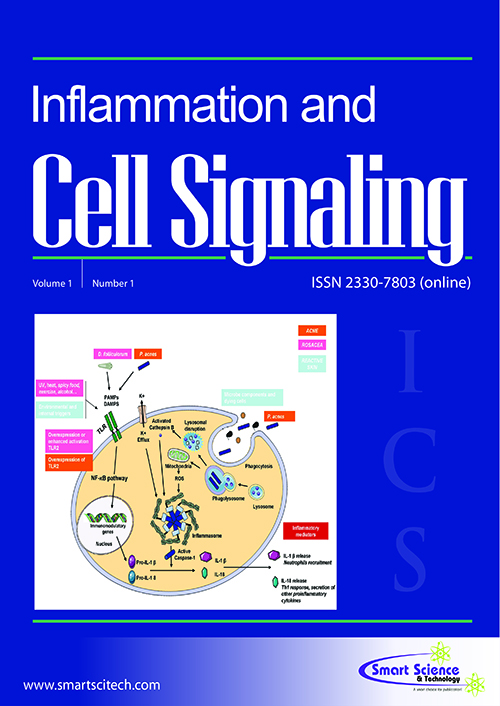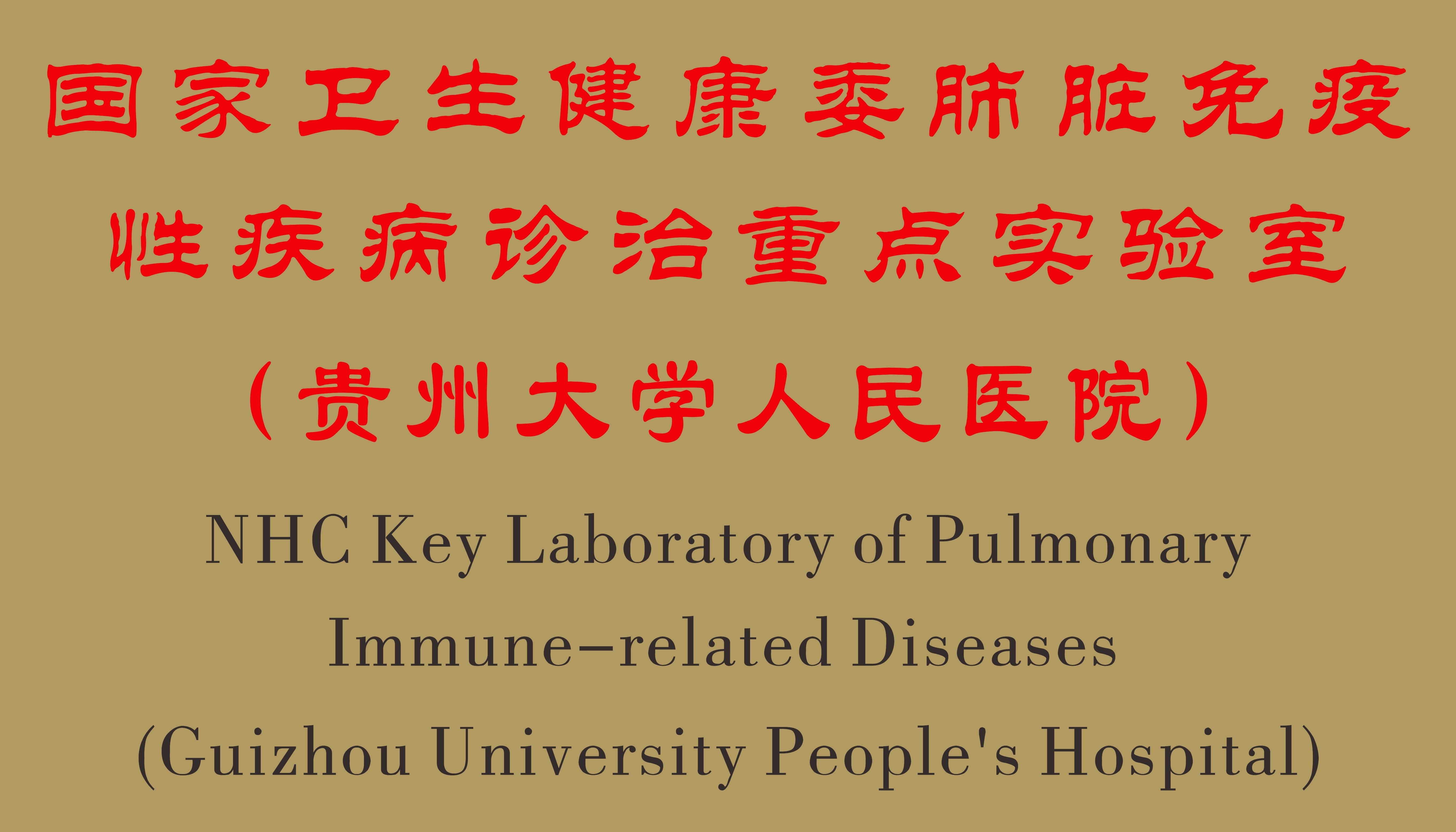CYLD: a critical regulator of hypoxia-mediated inflammation in tumors
DOI: 10.14800/ics.479
Abstract
Cylindromatosis (CYLD) was originally identified as a tumor suppressor, because loss of its function causes a benign human tumor. In the past, multitude of efforts have been made toward elucidating the biological features of CYLD, and uncovered not only its multiple functions as deubiquitinase, but also the clinical significance of CYLD in a wide variety of diseases. At present, dysregulation of CYLD by loss of its expression is believed to play key roles in a multiple of pathological processes, including tumor cell proliferation, survival, and inflammatory responses by regulating their specific cell signaling pathway. Recently, we discovered that loss of CYLD expression in hypoxic regions of human glioblastoma multiforme (GBM), the most aggressive brain tumor, suggesting the clinical significance of CYLD in the pathogenesis of GBM. Here, we reviewed the diverse biological features and clinical significance of CYLD, particularly focusing on the roles of CYLD as a critical regulator of hypoxia-mediated inflammation in GBM.














